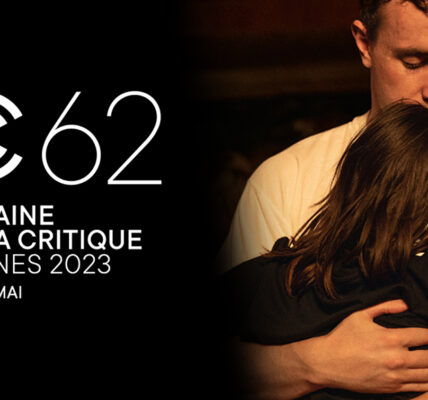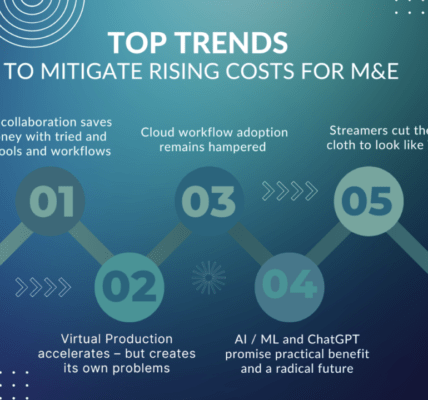Location Focus: King of New York
King of New York
Location manager Damon Michael Gordon tells us why he loves the challenge of shooting in New York City.
If you’re planning to film in New York City, location manager Damon Michael Gordon is a man you need to know. Having scouted and managed hundreds of Big Apple locations for small indie projects up to Hollywood blockbusters like I Am Legend and The Adjustment Bureau, Gordon is an expert in the particular challenges of shooting in the city that never sleeps.
What is the most challenging part of your job?
That’s the great thing about my job; it’s all challenging. You never really know what it’s going to be like from one job to the next or what to expect, as each director has a different creative mind. It’s impossible to second-guess what they’re going to be happy with. Of course, then there are the basic logistic challenges as well, like the need for support space and parking, which have to factor into your decision. But it’s always really interesting and new, which is great because it keeps me from getting bored.
How did you get into the business?
I was born and raised in New York City and eventually went on to study history and religion, which qualified me to do nothing! While I was in school a lot of my friends were in film school and, since they knew I was from NYC, they would often ask me about good locations to film. They would ask questions like, ‘Hey where can I find a really cool park bench with the city skyline behind it?’ I really enjoyed spending time around these highly motivated and fun people, plus there was always free pizza involved! One friend eventually went on to work in a film and was able to get me a job. After that a number [of] friends started getting professional work and started calling me up looking for locations to use. So I’ve been able to parlay my talent into a job that I love.
How much influence do you have over a script or a location during shooting?
It all depends; it’s an organic process really. Some movies have powerful Hollywood directors with specific needs and requirements. Other directors will want to spend a lot of time in the car with me trying to get a feel for locations as they work on the script and dialogue. I’ve had directors completely rewrite endings or change certain scenes to fit a location because it was so dramatic and had nuances that they couldn’t have seen during script development. But the city is a living, breathing thing; it’s a character of its own. So in effect, I ‘cast’ the role of the location to offer the director.
Are you ever involved with locations that will be created on green screen?
I’ve done a lot of work where I take snapshots or [have] filmed locations, or filmed transient life [in the city],which are later used during filming, or the scene is recreated in a studio. I feel you lose a lot of the essence of the location when that choice is made. I recently finished The Adjustment Bureau where we originally shot locations to be used on green screen and in the end they decided to shoot on location. But I like it when they work together seamlessly. During I Am Legend we controlled a few blocks and shot it in reality and then later went back to add the CGI and make it look more post-apocalyptic.
What are the most important tools in your arsenal of knowledge and equipment?
Certainly I have a massive database of locations to pull from and each job only increases the pool.
When scouting for houses for Revolutionary Road we looked at over 100 houses; all of those houses now join my pool for the next job. Obviously, keeping good records and photographs are important too. Today everything is kept digitally so a great deal of my work is online. Which is interesting, because when I started out everything was on film and most of us scouts would use the same lab to process our work; that was really great because we had this free flow of information to share with each other like, ‘This penthouse has become available…’ and you learn things like guard dogs are scared of the camera release shutter. We’re more isolated today so it’s important to continue to make connections with people.
How do you go about scouting a location?
There is no one specific way; different jobs have different requirements. You’re involved in the collaborative process and have a team of people you have to work with. You have the script which gives you scene headings, the director’s vision and often designers who have their colour pallet you need to work with, but in the end you all come up with the perfect location. Then, of course, there are the logistical and financial considerations that need to be made as well. I can get just about any location the producer/director wants but even I can’t get you Top of the Rock when your budget is $500 a day! I Am Legend and Revolutionary Road are very different films; were there any common elements that helped you? They are both period films so with both films, and most films, having control over the community and environment is really important. You can’t have some woman jogging down the street in spandex tights while filming a 1950s period film. But the same considerations are there for when the script calls to have a city bus blow up in the middle of Time Square! www.nyc.gov/film











